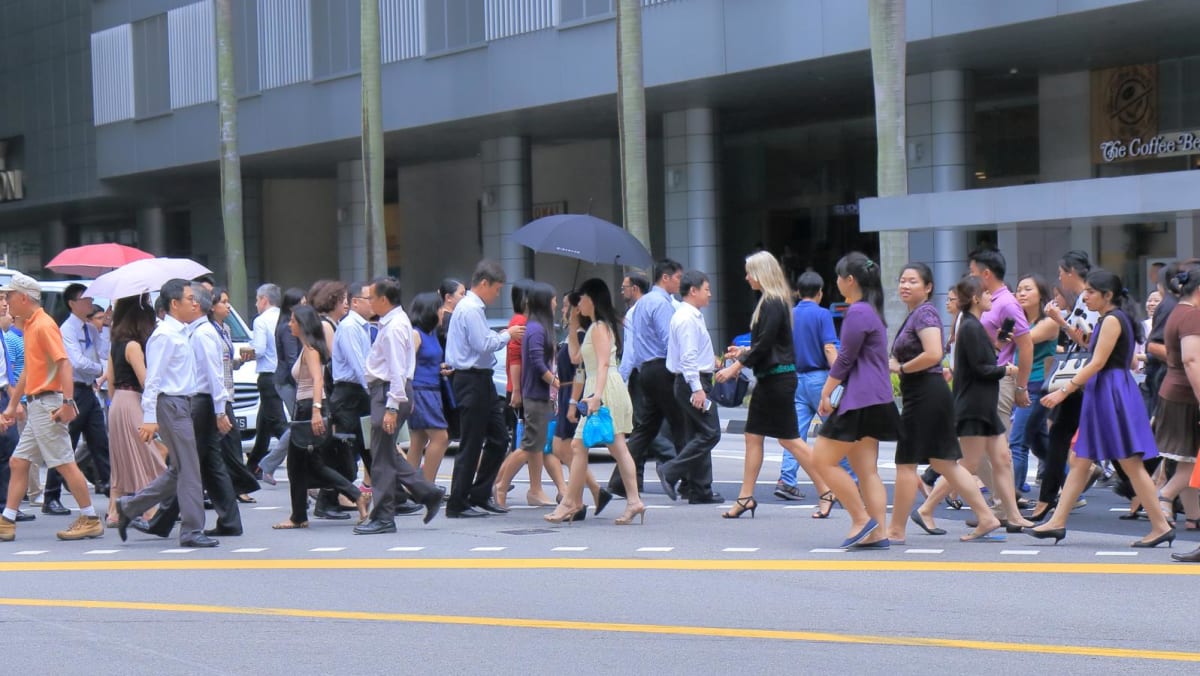“UNLIKE PREVIOUS DOWNTURNS”
However, economic uncertainty remains and the impact on growth could be different from previous downturns, noted MAS.
Compared with past downturns, in which economic output falls off sharply and rebounds decisively, MAS said companies are wary of the longer-term impact of tariffs and other barriers.
As such, they may put plans on hold and only make incremental adjustments to production and investment decisions.
“Consequently, business expenditure might decline gradually, extending the drag on gross fixed capital formation and hence GDP growth over a more prolonged period,” MAS said.
On the domestic front, the central bank noted that a broader economic slowdown could weigh on domestic consumption, adding to the woes of retail and F&B sectors. These sectors had experienced full-year contractions in 2024 and did not grow in tandem with the rest of the economy in the first half of 2025.
MAS attributed this to structural factors which have resulted in “challenging business conditions”, including a “higher cost structure and market saturation amid intensifying competition and evolving consumer preferences”.
Nevertheless, the economic slowdown’s effect on domestic consumption could be “counterbalanced” to some extent by healthy household balance sheets and government support measures, said the central bank.
One bright spot could be the financial sector, as investors’ search for better returns could provide upside to growth for such companies.
The central bank noted that financial markets have largely recouped the losses of early April amid news of trade negotiations.
Some retail investors benefited from the recovery, and institutional investors have increased their net risk exposures, while considering diversifying their portfolios.
“As such, market trading activity could pick up and provide some support to growth through net fees and commissions of banks, fund managers, forex, and security dealers,” said MAS.
But the overall uncertainty could lead to labour demand softening in the second half of the year, the report added. Employers should be able to absorb slower growth by limiting new hiring and adjusting wages, rather than by reducing existing headcount.
“The financial resilience of firms suggests that they are better positioned to retain workers, leading to a lower likelihood of significant job displacements.”
If the growth slowdown is deeper and more protracted than expected, however, there may be an impact on employment.
“Barring a sharp economic downturn, firms are likely to keep labour costs in check this year by capping wage increments and reducing variable wage components in the first instance instead of shrinking their workforce,” said MAS.













